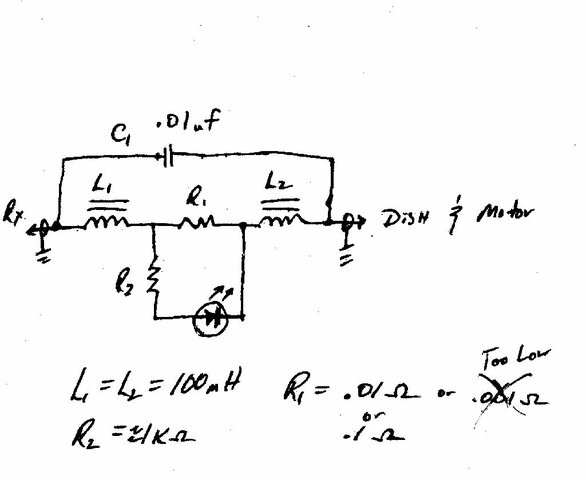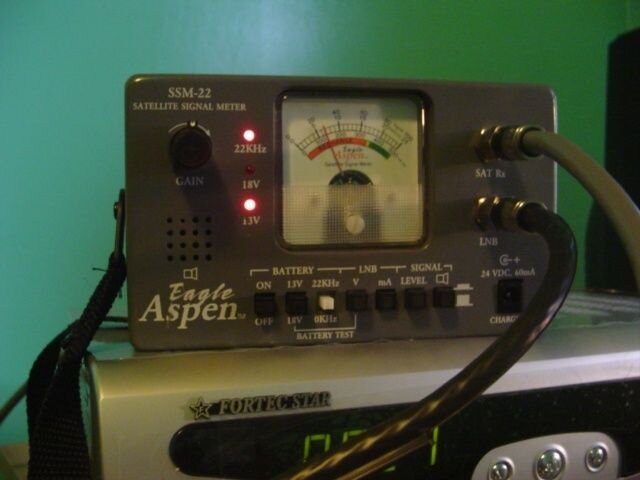Anybody know an electronic circuit that could be used in-line between the receiver and the motor that could light a LED when the motor is running ?
It would be great when I switch from PAS9 to G10.
It would be great when I switch from PAS9 to G10.



